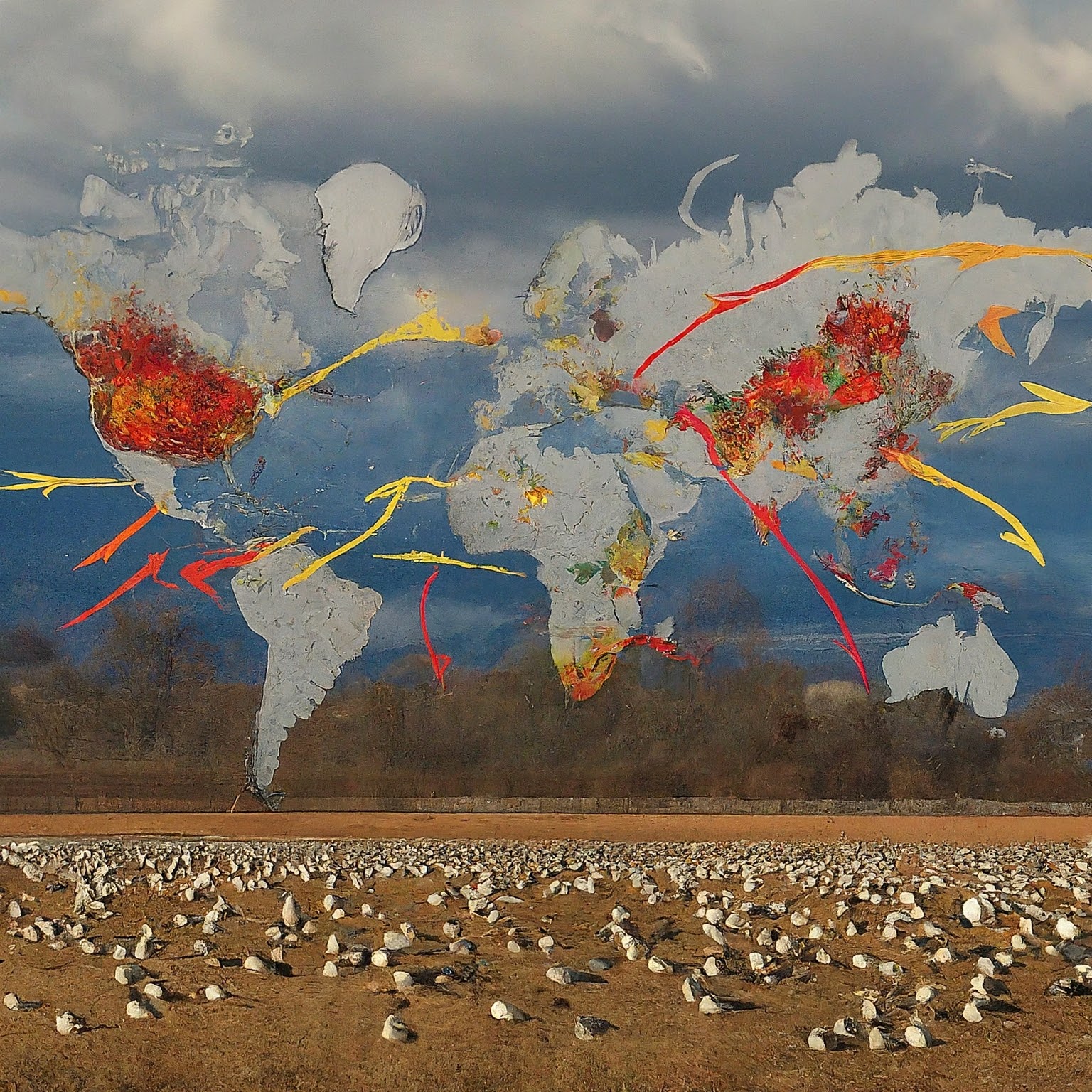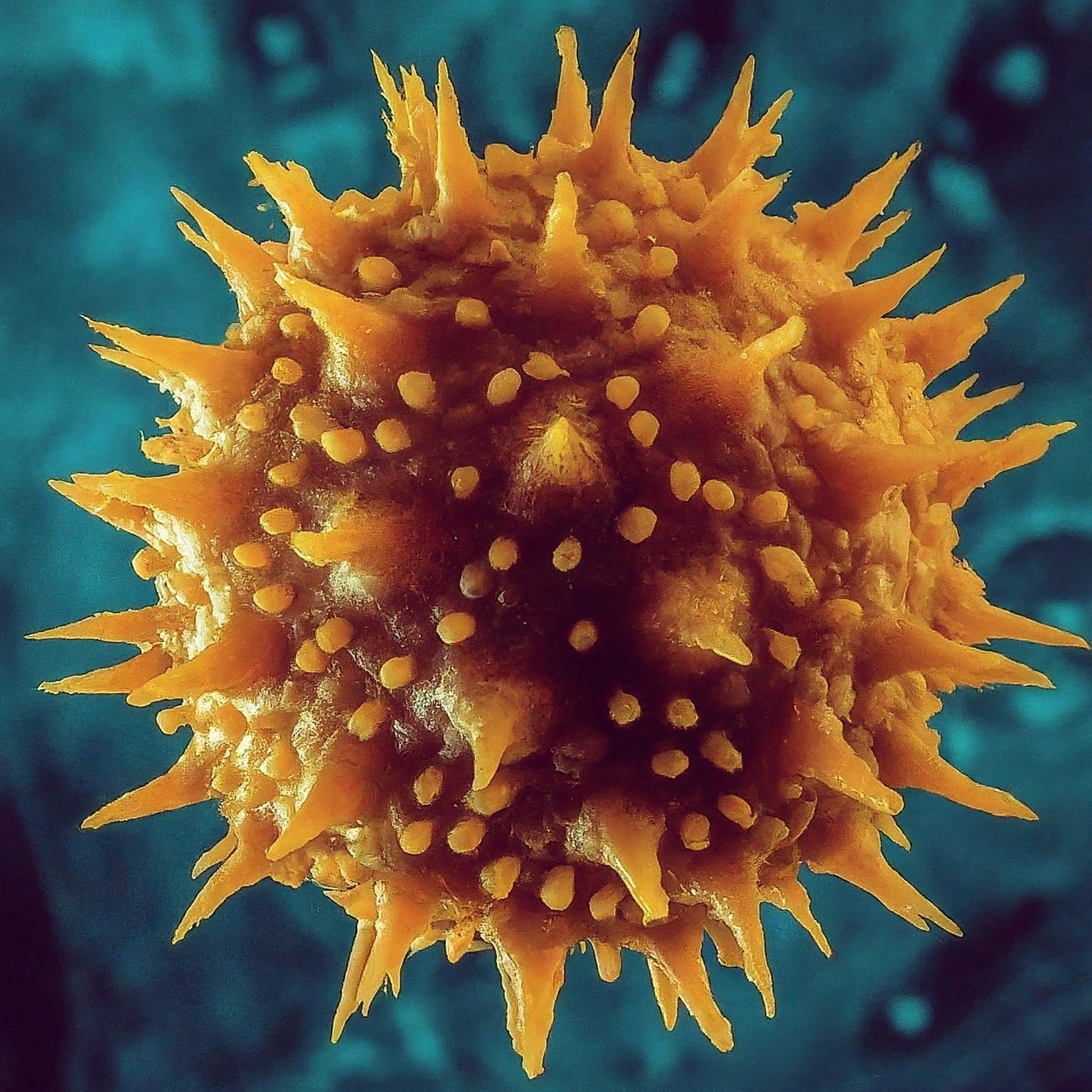Author Introduction
Hi everyone! I’m Dr. Amelia Chen, a veterinarian and disease detective with a passion for protecting public health. Today, we’re delving into the fight against a foe with a feathery form – bird flu, also known as avian influenza.
Can They Stop It? Inside the Fight Against Bird Flu
Bird flu. The term itself conjures images of mass poultry culls and empty supermarket shelves. While highly pathogenic avian influenza (HPAI) strains can be devastating to both birds and the agricultural industry, the good news is that disease detectives like myself are on the frontline, working tirelessly to contain outbreaks.
Bird Flu 101: Understanding the Avian Threat
Bird flu is a respiratory illness caused by influenza A viruses that primarily affect birds. While many strains exist, some, like HPAI A(H5N1), are particularly concerning due to their high mortality rates in birds and their potential to jump species.
Disease Detectives on the Case: Tracking Bird Flu Outbreaks
So, how do we track bird flu outbreaks? Our work involves close collaboration with farmers, wildlife agencies, and public health officials. We monitor poultry farms for signs of illness, conduct diagnostic testing, and implement biosecurity measures to prevent further spread. In wild birds, surveillance involves tracking migration patterns and collecting samples from sick or dead birds.
Table 1: Bird Flu Surveillance Strategies
| Strategy | Description |
|---|---|
| Farm Monitoring | Regular veterinary checks and reporting of sick birds. |
| Diagnostic Testing | Rapid tests to identify infected birds. |
| Biosecurity Measures | Practices to prevent bird-to-bird and human-to-bird transmission. |
| Wild Bird Surveillance | Tracking migration patterns and collecting samples. |
Stopping the Spread: Strategies on the Farm and in the Wild
Once an outbreak is identified, swift action is crucial. On farms, infected flocks may be culled to prevent further spread. Biosecurity measures are rigorously enforced, including disinfection protocols, movement restrictions, and proper handling of carcasses. In wild birds, controlling the spread becomes more challenging. However, efforts focus on habitat management and reducing interactions between wild and domestic birds.
Human Health Concerns: Separating Myth from Fact
While bird flu is highly contagious among birds, the risk to humans is generally low. The virus doesn’t easily spread between people, and proper handling of poultry and cooked eggs eliminates any remaining risk.
The Science of Prevention: Vaccines and Antivirals
Vaccines are a crucial weapon in the fight against bird flu. Poultry vaccines can significantly reduce the spread of the virus in flocks. Additionally, research is ongoing to develop human vaccines in case the virus acquires the ability to spread efficiently among humans. Antiviral medications are also available for the treatment of human bird flu infections.
A Global Effort: International Collaboration in Pandemic Preparedness
Bird flu outbreaks are a global concern. International collaboration is key to effective surveillance, sharing of information, and coordinated responses. Organizations like the World Health Organization (WHO) and the Food and Agriculture Organization (FAO) play a vital role in this global effort.
What You Can Do: Protecting Yourself and Your Community
While the immediate threat to humans is low, staying informed is key. Practice good hygiene around birds, both domestic and wild. Report sick or dead birds to your local authorities. Most importantly, trust the scientific community and public health officials to keep you safe.
By understanding the science behind bird flu and the tireless efforts of disease detectives, we can navigate outbreaks with informed action and minimize the risk of pandemics. Remember, we’re all in this together!





